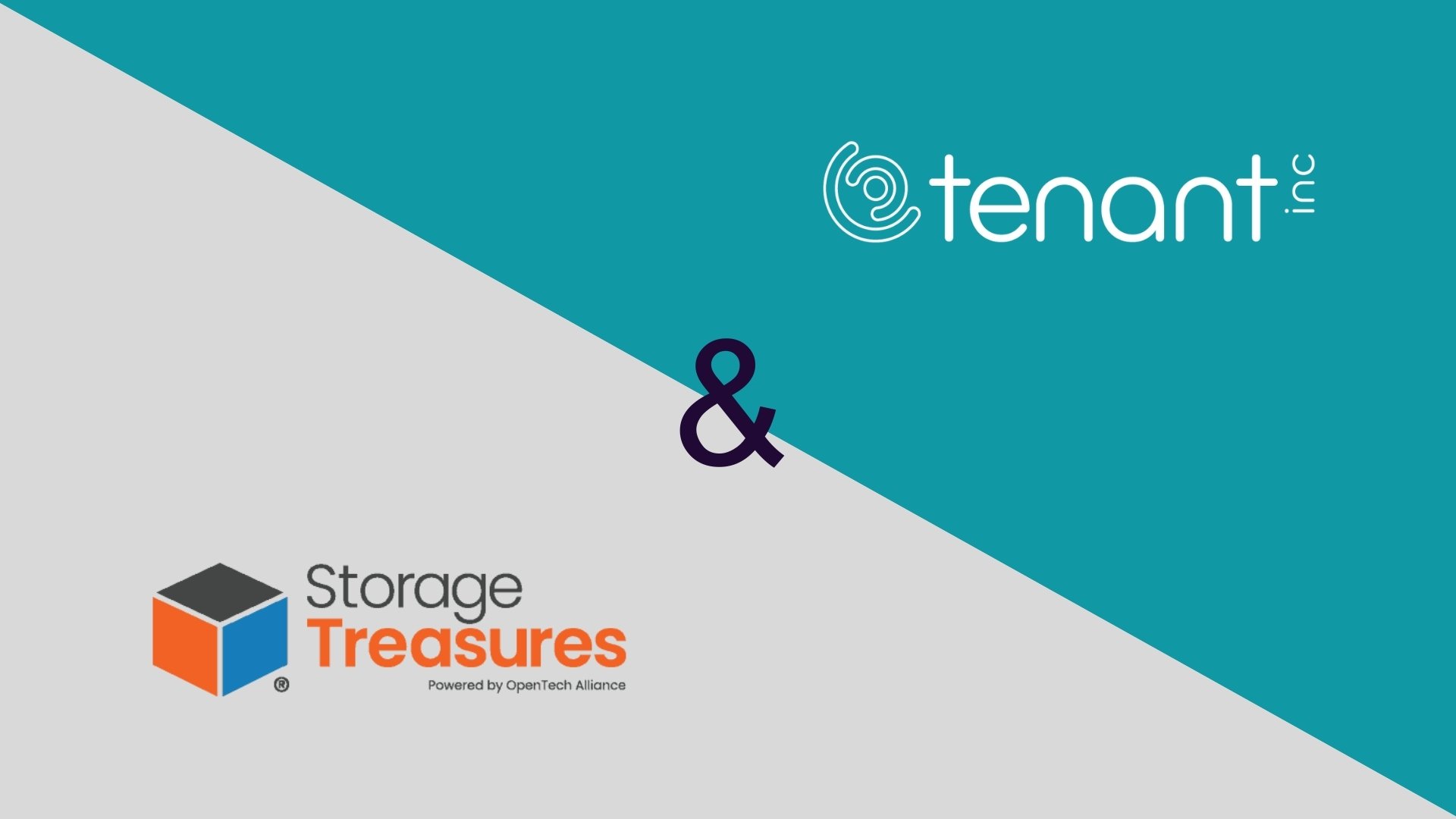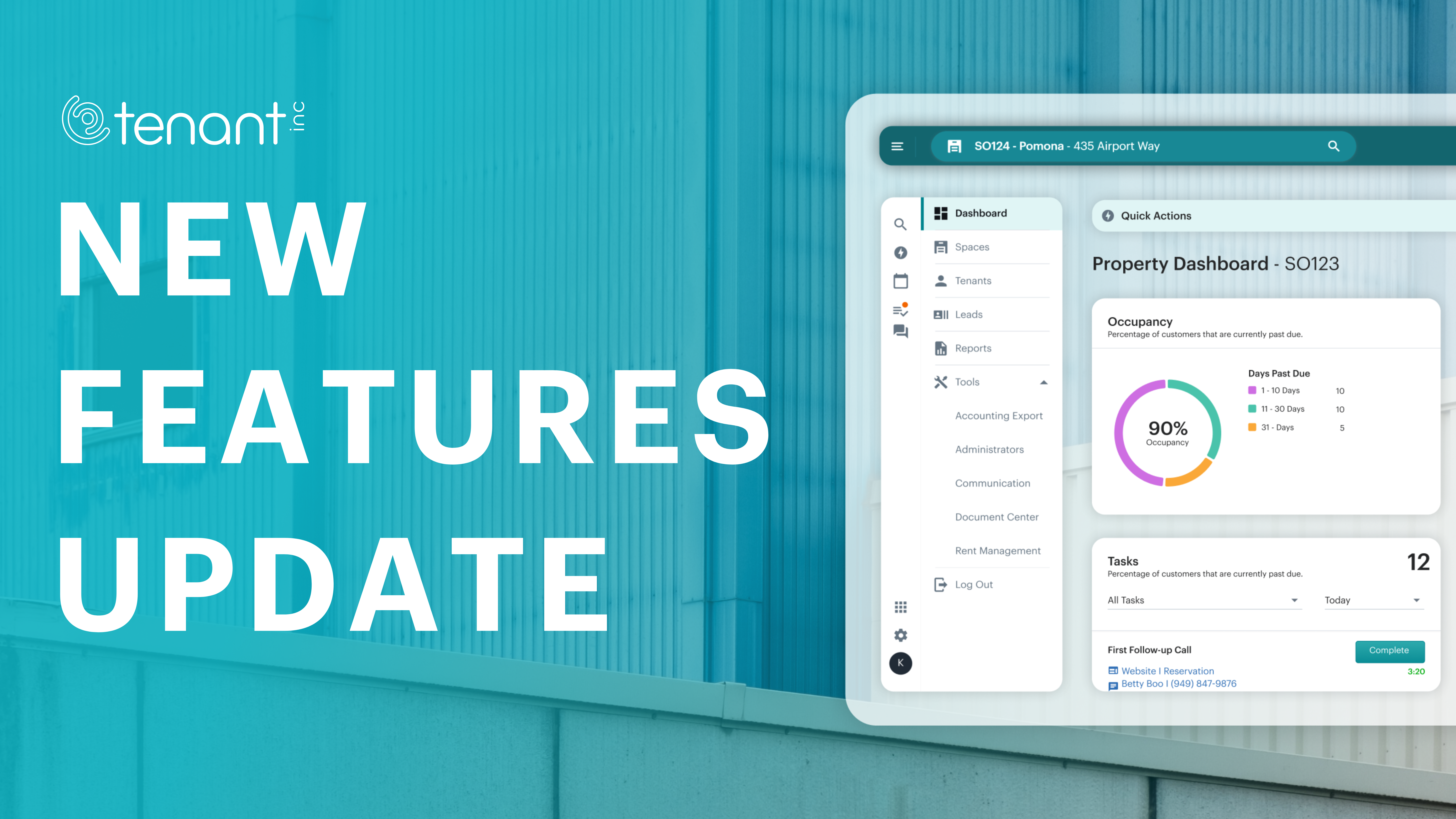Look at your manager's to-do list. How much of it is high-value work like leasing units and talking to tenants, and how much is just... busy work? Chasing late payments, sending routine emails, and wrestling with a clunky system. This daily grind is more than just a headache; it's a hidden operational cost and the fastest path to manager burnout.
The hard truth is that for many facilities, the Property Management Software (PMS) is the biggest bottleneck. It's a glorified billing system that creates more work than it eliminates. But it doesn't have to be that way.

A modern self-storage management platform should be the automation engine at the heart of your operation. Its primary job is to get your managers out from behind the counter and focused on the work that actually grows your facility's value. By automating the daily grind with the right tools, operators can reclaim 10, 15, even 20 hours of their team's time every single week.
The Manager's Time Audit: Where Do the Hours Go?
Let's break down where that time is really going and how the right self-storage software reclaims it.
3 Hours a Week: Delinquency & Collections
The weekly ritual of printing out aging reports, making awkward phone calls, and manually updating spreadsheets is a massive time sink. Beyond the wasted hours, this manual approach is fraught with risk. Inconsistent fee application can lead to tenant disputes, and human error can create significant legal and financial liabilities.
A modern platform should run the entire delinquency playbook for you. It should automatically send scheduled late notices via email and SMS, apply the correct fees without a single click, and integrate with your gate system to enforce lock-outs. This isn't just about saving time; it's about getting paid faster, improving cash flow, and removing the risk of human error from your collections process. It transforms a reactive, high-stress task into a consistent, automated process that protects your business.
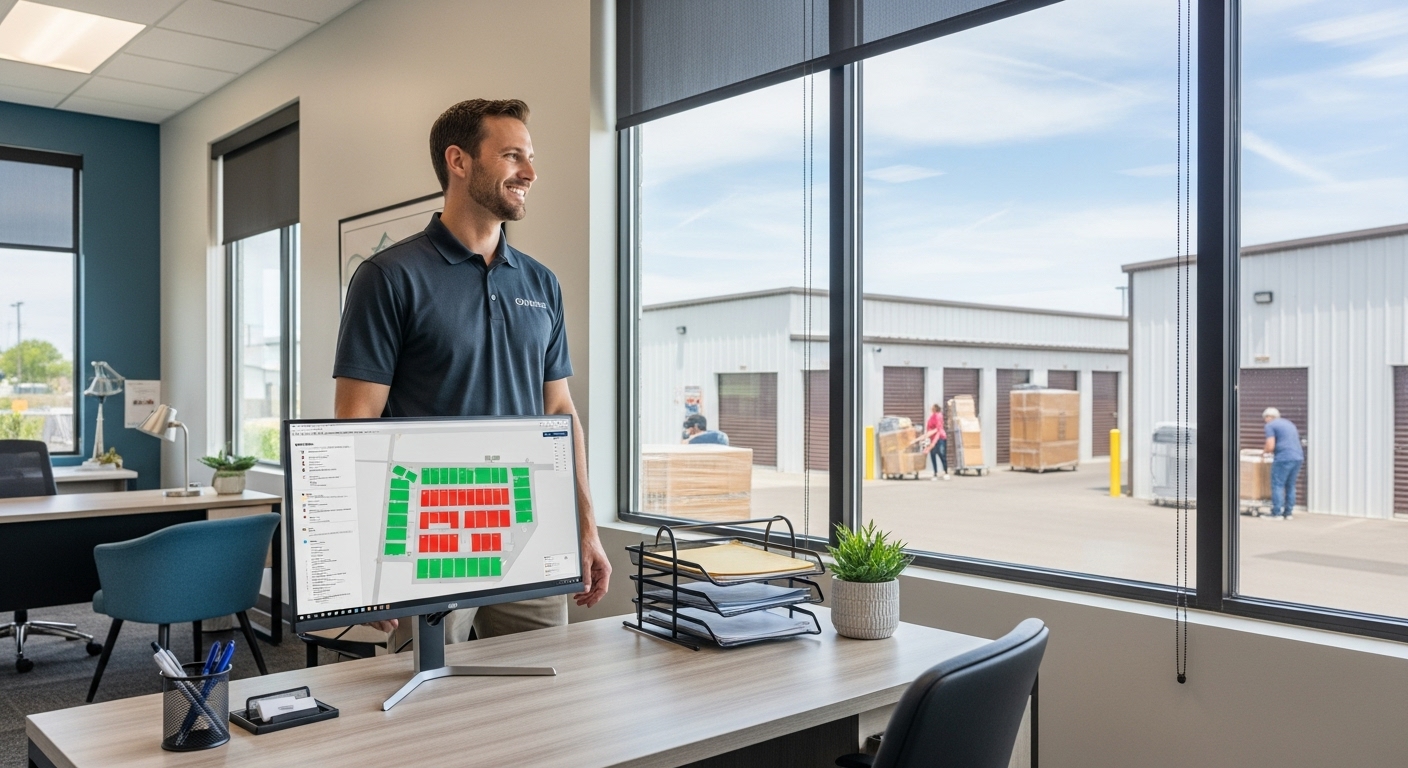
2 Hours a Week: Lead Follow-Up
Every online lead costs you real marketing dollars. Relying on a manual follow-up process is like paying for a billboard and then not answering the phone. Leads go cold, response times are inconsistent, and your marketing budget is wasted. An intelligent self-storage management platform acts as a perfect, tireless assistant.
When a lead comes in from your website, a pre-built follow-up sequence of texts and emails should trigger instantly, ensuring every prospect gets a professional, timely response—day or night. This maximizes the ROI of your marketing efforts, shortens the sales cycle, and ensures that no opportunity is ever missed, all without adding to your manager's workload.
3 Hours a Week: Move-Ins & Paperwork
A clunky, analog process of printing leases, deciphering handwritten forms, and scanning signed documents back into a computer is a slow, inefficient first impression in a world where tenants expect to do everything on their phone in minutes. It's also a process that's vulnerable to lost paperwork and data entry errors.
Modern self-storage software enables fully online, "touch-less" rentals with secure, e-signed leases. A tenant should be able to go from your website to a fully leased unit without your manager ever having to touch a piece of paper. It's the convenient, on-demand experience tenants now expect from every other business they deal with, creating a professional and frictionless start to the tenant relationship.

2 Hours a Week: Reporting & Rent Management
Rate increases are a headache of spreadsheets and mail merges that's so time-consuming, it often gets pushed to the back burner. Every month you delay is real, tangible revenue left on the table. This process is so labor-intensive and complex that many operators don't do it as consistently or effectively as they should.
Your self-storage software should automate this critical revenue driver. Its revenue management engine should use your own data-driven rules—based on occupancy, unit type, seasonality, and length of stay—to identify who to raise and by how much, then automatically send the notifications. This turns a dreaded manual task into a consistent, surgical strategy for optimizing revenue per square foot.
Questions and Answers: What Operators Need to Know
Q: We have a system that works. Why should we change our self-storage software?
A: What "works" today might be the very thing holding you back tomorrow. If your current system requires your manager to spend hours on the manual tasks listed above, it's not working; it's a cost center. The right software solution isn't just about helping you and your team better manage your facility—it's about maximizing your facility's value. Reclaiming 10 hours of your manager's time a week is the equivalent of adding a part-time employee dedicated to leasing and customer service, without the added payroll.
Q: Isn't migrating to a new self-storage software platform a huge, disruptive process?
A: It used to be. With modern, cloud-based platforms, the migration process is far more streamlined. A dedicated implementation team should handle the heavy lifting, from data migration to user training. The short-term effort of a well-managed transition is dwarfed by the long-term gains in efficiency and profitability. The key is to choose a partner, not just a vendor, who has a proven process for making the switch as seamless as possible.
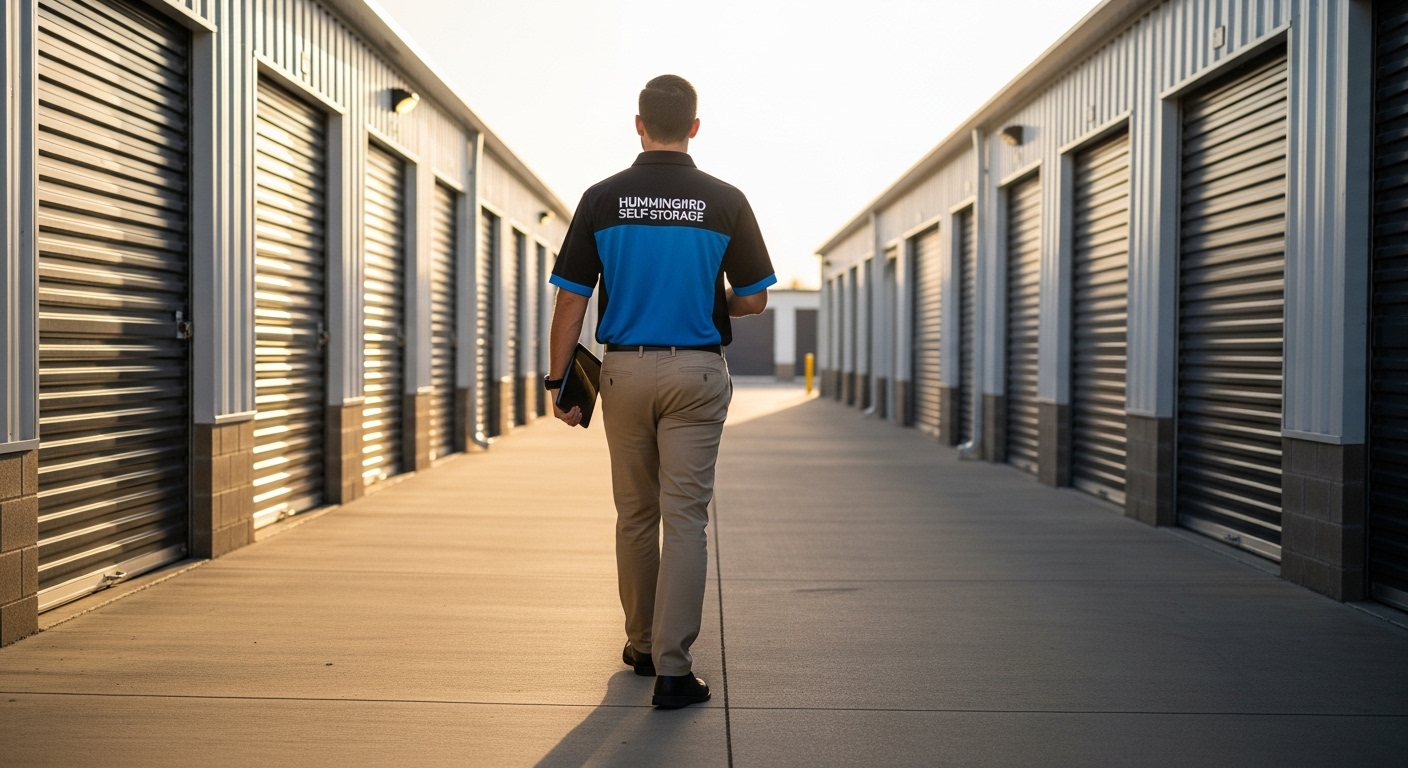
Q: Our managers aren't tech-savvy. Will they be able to handle a more advanced self-storage software?
A: This is a common concern, but it's often a misconception. Today's leading self-storage software solutions are actually more intuitive and user-friendly than the clunky, outdated systems they're replacing. A well-designed platform automates complexity in the background, presenting your team with a clean, simple interface. The goal of the technology should be to make their jobs easier, not harder. Look for a provider that offers comprehensive training resources, like an online learning/trianing system, and dedicated, US-based support to ensure your team feels confident from day one.
Q: Can a self-storage software platform really make that much of a difference to our bottom line?
A: Absolutely. Think about the direct financial impact of the automations we've discussed. Automated delinquency means faster collections and lower write-offs. Automated lead follow-up means a higher conversion rate on your marketing spend. Automated rate increases mean you're consistently optimizing your revenue per square foot. These aren't just small operational tweaks; they are direct drivers of your NOI.
The real question isn't just about saving time; it's about what your team can do with that time. What could your manager accomplish with an extra 10 hours a week? That's time for proactive tenant outreach, community marketing, and the strategic work that actually drives your property's value. The right self-storage software for your business will do more than just eliminate busy work—it will create the operational bandwidth to drive real growth.
Ready to modernize your operations? Learn why operators across the country are moving to Tenant Inc. to automate the daily grind and drive NOI.
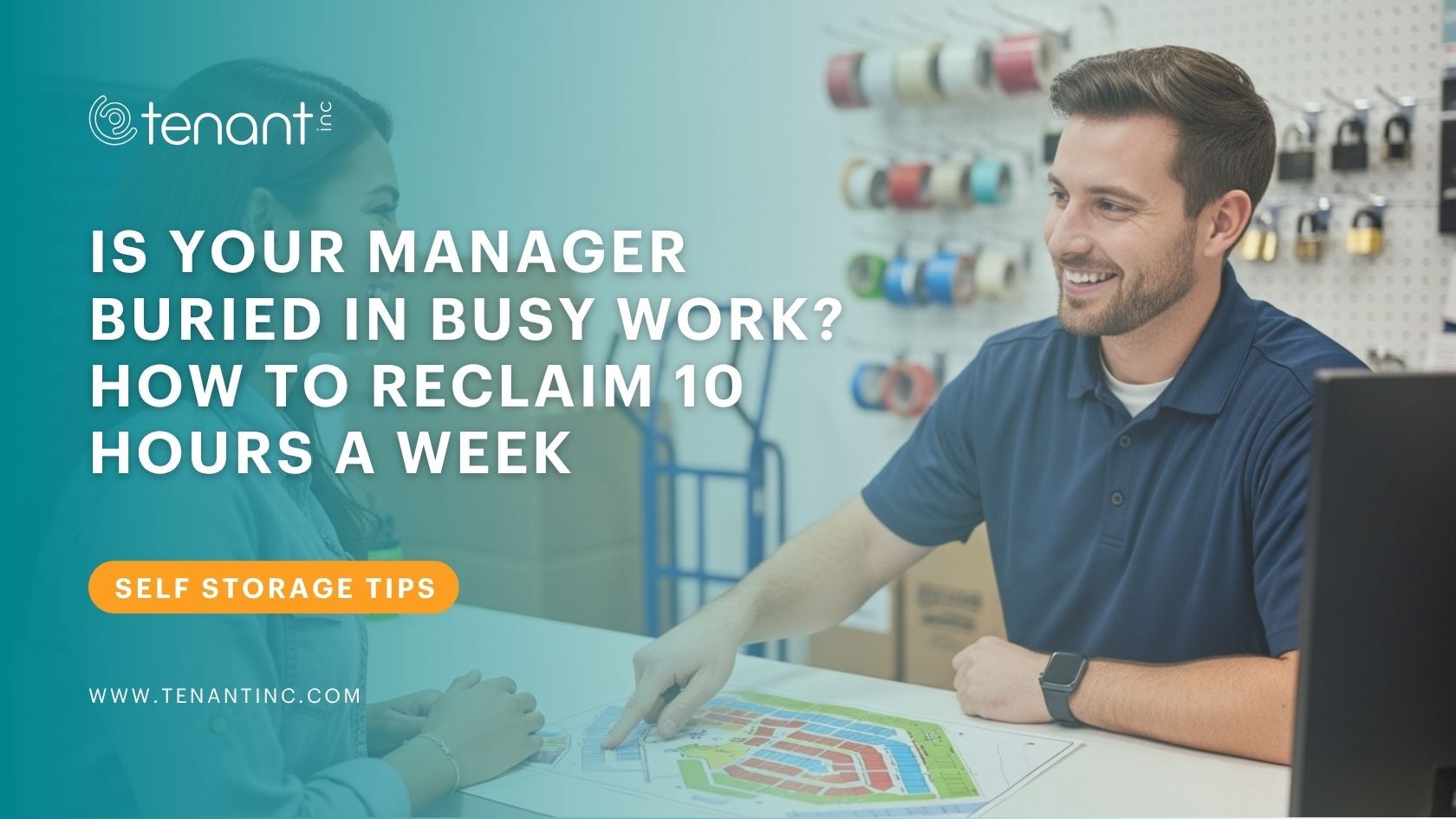

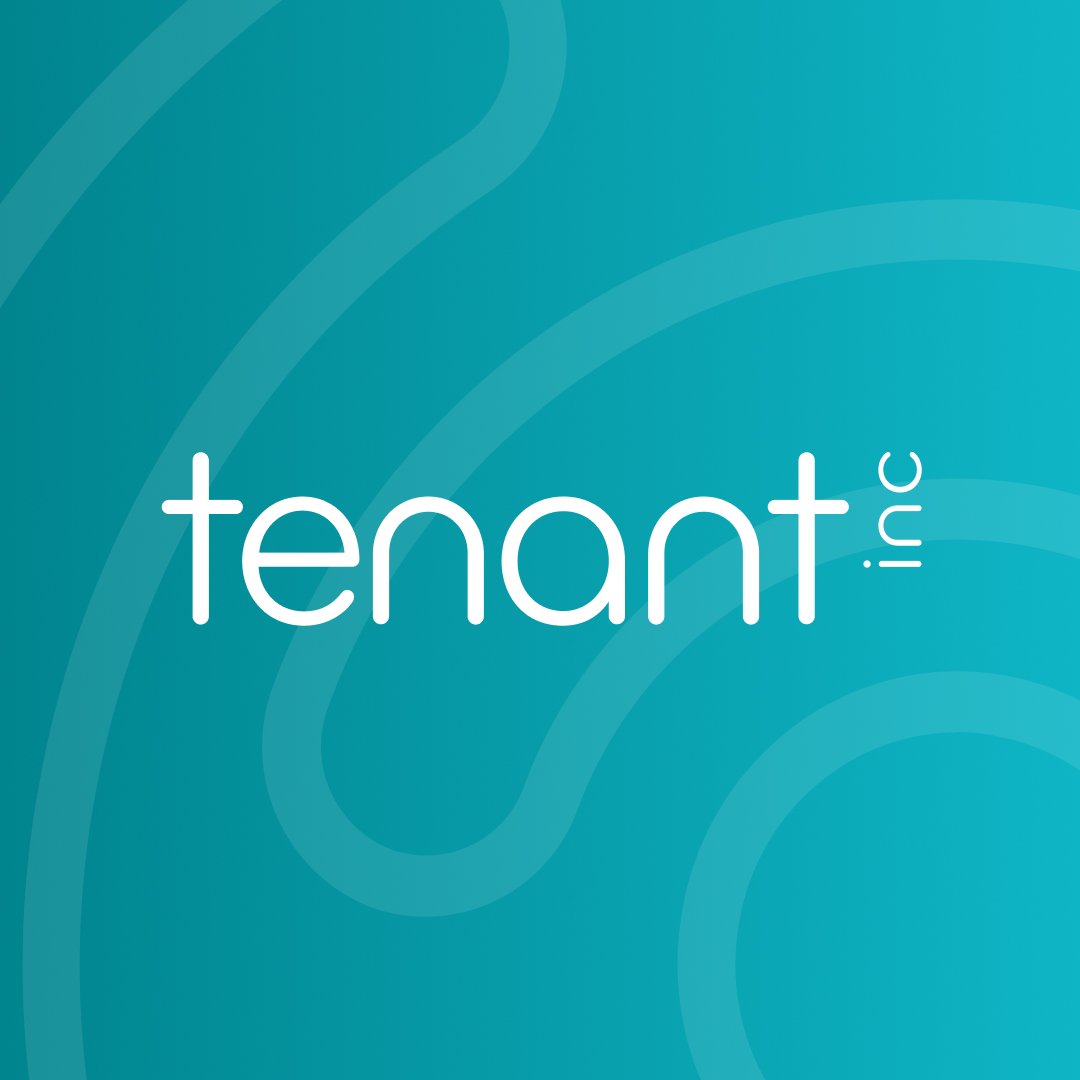
.png)
